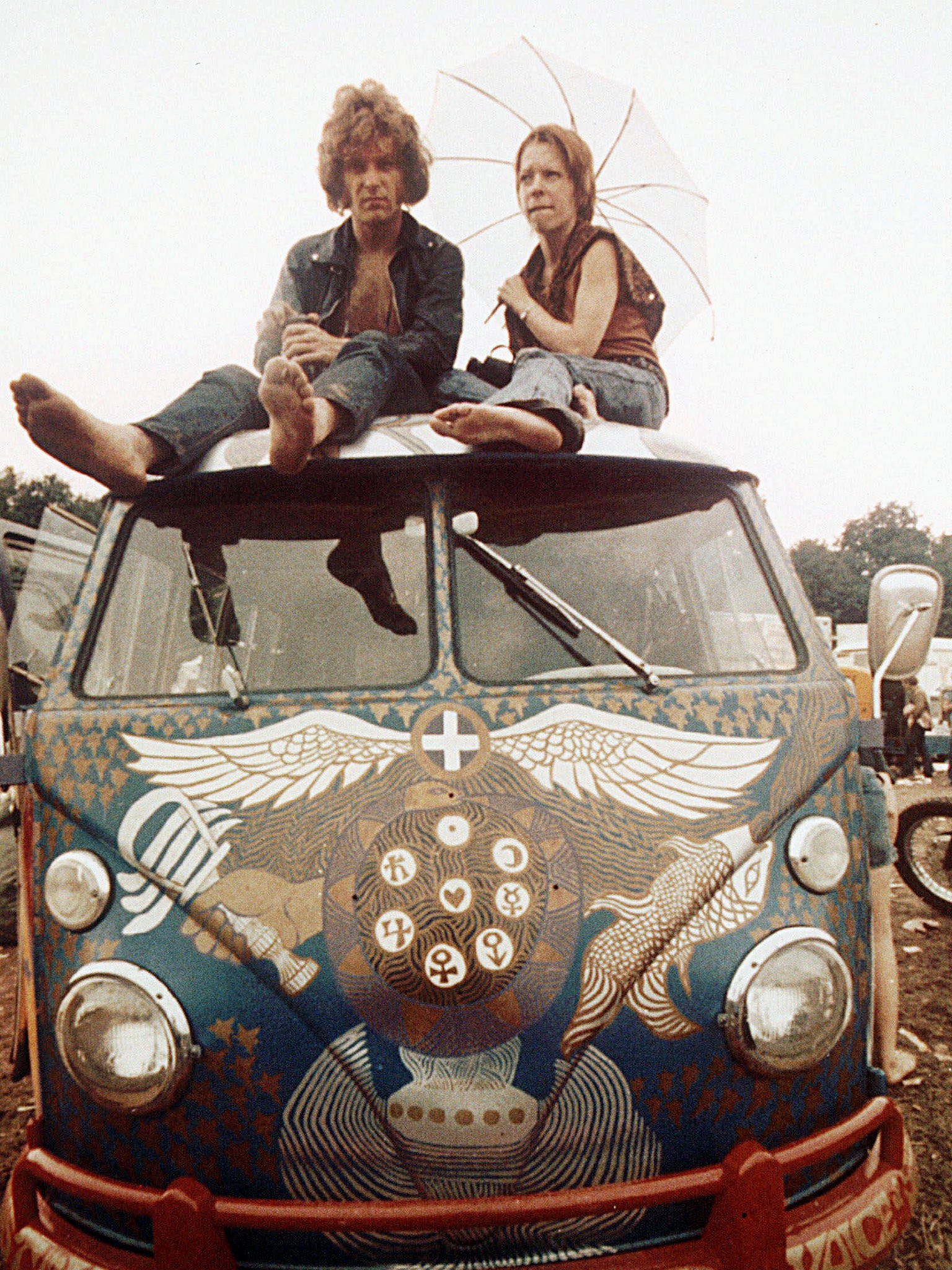Small Town Talk by Barney Hoskyns, book review: Tangled up in Blues
Woodstock was a quiet small-town hub for artists - then Bob Dylan arrived

Your support helps us to tell the story
From reproductive rights to climate change to Big Tech, The Independent is on the ground when the story is developing. Whether it's investigating the financials of Elon Musk's pro-Trump PAC or producing our latest documentary, 'The A Word', which shines a light on the American women fighting for reproductive rights, we know how important it is to parse out the facts from the messaging.
At such a critical moment in US history, we need reporters on the ground. Your donation allows us to keep sending journalists to speak to both sides of the story.
The Independent is trusted by Americans across the entire political spectrum. And unlike many other quality news outlets, we choose not to lock Americans out of our reporting and analysis with paywalls. We believe quality journalism should be available to everyone, paid for by those who can afford it.
Your support makes all the difference.When you think of small-town America, drugs, alcoholism, sexual betrayal and creative endeavour are not the first things to spring to mind. Woodstock in Upstate New York, however, is no ordinary small town. And this is its story. It is also the part-story of Bob Dylan and his former manager Albert Grossman, the folk trio Peter Paul and Mary, The Band and many others.
Barney Hoskyns outlines the early history of the place – that it was an Indian settlement and the location of a native people's sacred burial ground on the Overlook mountain that dominates the vista. It was seized by Dutch and German colonisers in the 17th century and the legend that the area was cursed because of this seems to gather credence as the lives of its world-famous dwellers unfold almost 300 years later.
As an area of outstanding natural beauty, this part of the Catskills attracted artistic types from the beginning of the 20th century. They were drawn by the natural canvas and the sedate existence of country life. Long before the town's creative boom of the Sixties, Woodstock had incubated the talents of two stars of its own making – Lee Marvin and Peter Yarrow (of Peter, Paul and Mary). Hoskyns records that "hard-drinking plumber" Marvin got his first acting role at Woodstock Playhouse in 1947. News of his ability spread and it was not long before the square-jawed actor was on his way to Hollywood.
It was Yarrow who introduced Grossman to the town. As Peter, Paul and Mary began to impact the US hit parade, the band's stressed-out manager needed a break from the hipsters and beatniks of Greenwich Village, so Yarrow suggested a trip to Woodstock. Grossman immediately fell in love with the place and soon bought a house there – in the kind of rip-off deal he would become notorious for in the music industry.
It is said, that in 1962, Grossman got to manage Dylan by winning the toss of a coin with the singer's first manager, Roy Silver. Silver also had a comedian on his books called Bill Cosby. But he needed money and was willing to let either one go for $10,000. He just couldn't decide which one. The toss was "to see who got the white singer and who got the black comedian". Grossman was obviously as lucky as he was ruthless – and unquestionably brilliant at raising his clients' profile.
When Dylan hit the big time, he too craved an escape from the attention he was receiving in Greenwich Village and became the latest "Citybilly" to buy a house (Hi Lo Ha) in Woodstock. Unfortunately for him and the town's other residents, they would soon be plagued by weekend "Yippies" who made the two-hour drive from New York in search of their hero.
Through Dylan's presence and Grossman setting up the Bearsville recording studio and record label – later to thrive under the guidance of Todd Rundgren – the place soon became the hotbed for electric folk and country rock. The festival that the town is synonymous with earns itself just over a chapter. It took place 60 miles away because the town council would not grant it a licence – but it got the name of Woodstock anyway, mainly because Dylan lived there. And he refused the invitation to perform at the 1969 event.
This is an entertaining and informative read, but at 420 pages it feels about 100 pages too long. Maria Muldaur and Randy VanWarmer – who seem to feature a lot in the post-Sixties treatise – don't quite hold the attention like Dylan, Van Morrison and Jimi Hendrix.
Faber, £20. Order at £17 inc. p&p from the Independent Bookshop
Join our commenting forum
Join thought-provoking conversations, follow other Independent readers and see their replies
Comments